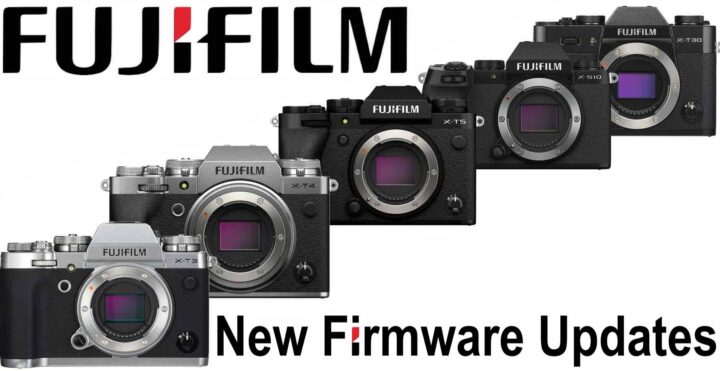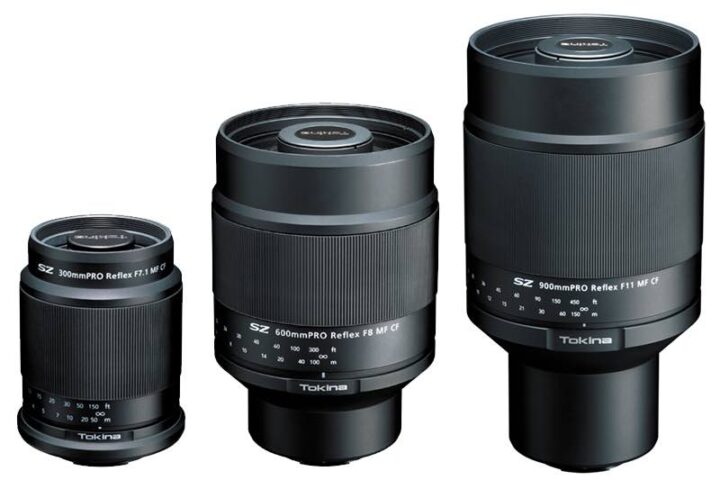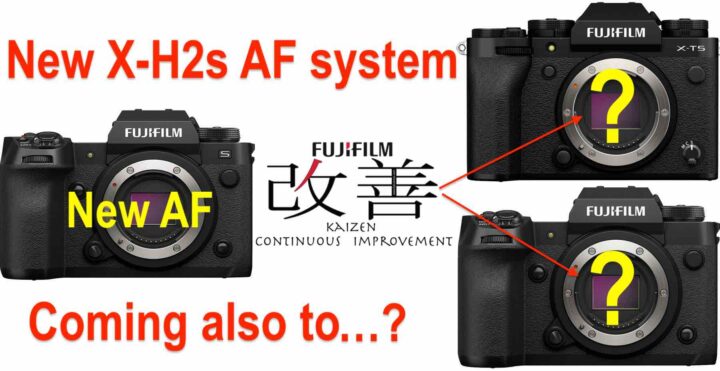Fujifilm Firmware Updates for X-T5, X-T4, X-T3, X-T30, X-T30II and X-S10

As promised a few days ago, Fujifilm has released new firmware for several cameras.
All details and download links down below.

As promised a few days ago, Fujifilm has released new firmware for several cameras.
All details and download links down below.

Tokina has already a few SZ/SZX lenses in offer for Fujifilm X Mount:
Now they extended their offer with three more lenses they announced and launched back in October via Indiegogo.
You can now find them on the Tokina website (click the specific lens above to access the product page) and shipping will start February 3.
The new Viltrox 75mm f/1.2 is available for pre-order at BHphoto here since January 11.
Well, it seems that they have received their first batch of lenses already as a reader sent me the shipping notification for his Viltrox 75mm f/1.2 ordered at BHphoto.
Valentines is not that far away anymore, and I guess Fujifilm wanted to contribute to it by launching the new Instax Mini Heart Sketch Film.
You can get it at Amazon USA here and the Amazon of your country here.

Fujifilm has released a major firmware update for the Fujifilm X-H2s.
From the tests we could see so far, we can now say that the autofocus tracking is about at the same level of the very best (but much more expensive) full frame cameras out there. Not perfect, like nothing, so improve it further, Fuji!
The question I now get TONS of times via email is: will my Fujifilm camera “xy” also get the same firmware of the Fujifilm X-H2s?
So here is what I can say about it.
During the recent new years greetings, right after launching the new X-H2s firmware, Fujifilm also promised major firmware updates will come for other 5th generation cameras, too.
5th generation cameras are all those cameras featuring the new 5th generation processor, which at the moment are:
So, while Fujifilm did not specifically mention the new AF system, it is easy to assume that major firmware coming in 2023 for X-T5 and X-H2 might include also the vastly improved AF algorithm.
But again, that’s not a rumor, but an educated guess based on what managers officially said here.